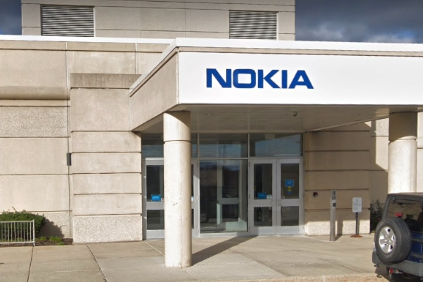
For nearly two decades, I dedicated myself to an engineering company, witnessing its remarkable transformation from a modest establishment with just 490 employees and a small building to a thriving behemoth housing over 5000 employees within a massive complex. The speed at which it expanded was astounding – in a mere two years, they acquired the adjacent space, erecting new buildings and parking areas. It didn’t stop there; within the following two years, the business demanded even more space, leading to the acquisition of a vast area across from the existing two city blocks of structures. Eventually, as the company continued to grow, it had to resort to renting nearby buildings since there was no available land left to purchase. One of the buildings housed our main office, and it was the “permanent address” of the business.
The period of growth was exhilarating, but as with all things, it was followed by a decline. The first step was vacating the rented spaces, and then the process of closing sections of the building began, followed by the abandonment of the entire structure.

Ultimately, a different company took us over, one that already had its own headquarters. They opted to sell both of our buildings and transferred the remaining staff to their existing location. It was a bittersweet moment, realizing that the place where I began my corporate career journey had now transformed into a logistics company from an engineering company.
Coincidentally, I found myself needing to do business with this very same logistics company. As I glanced at the address, I could hardly believe my eyes – this was the place where my career had taken root. Curiosity led me to visit the site, and as I stepped inside the building, memories came rushing back. I used to breeze through, flashing my badge daily, even spending long hours and weekends within its walls. Now, however, I was confined to the reception area, unable to venture further into the repurposed space.

This experience made me reflect on the concept of property ownership. We often assume that once we possess property, it will remain ours indefinitely. However, in reality, the land has been there long before our existence, and it will persist long after our time. Countless individuals and businesses will come and go, repurposing the land to suit their needs. Some may rent it temporarily, while others may purchase it, but the cycle of change is inevitable.
The phrase “permanent address” is a bit of a misnomer. In reality, no address is truly permanent. Buildings are demolished, businesses relocate, and people move all the time. What we think of as our “permanent address” is really just the address that we associate with ourselves for a period of time.
In the grand scheme of things, we are merely transient custodians of the land, tasked with making the most of it during our time while understanding that its purpose will evolve continuously. This realization has taught me to appreciate the moments and opportunities and not to get fixated on anything, knowing that everything in life follows the natural ebb and flow of change.
2 responses to “How Temporary is “Permanent Address””
Prempal, Thank you for the information on the Arlington Heights building change and your reflection on the flow of people through the hallowed halls.
I think one of the permanent outputs of a building is the breadth and depth of the relationships that were made within the building. They live on as long as we remember them. Thanks again for helping me remember.
Thanks Mike
You are absolutely right. I do run into people, and reminisce the fine time we had. And sometimes, not so fine time within those buildings.